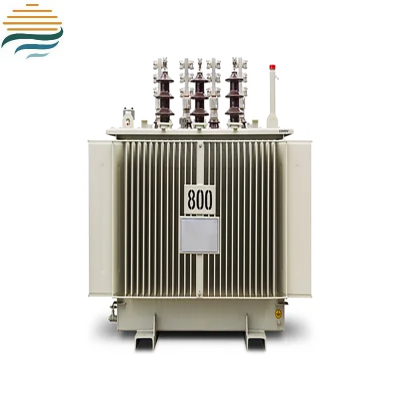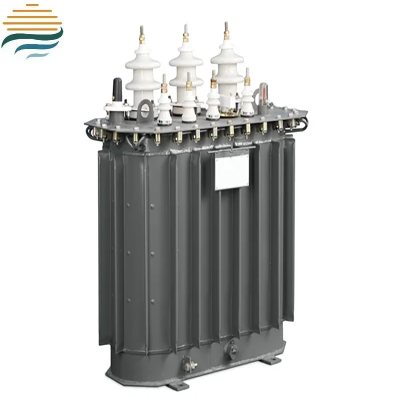How often should I change my transformer oil?
Transformer oil is a vital component in power transformers, playing crucial roles in insulation, cooling, and arc quenching. Determining how often to change the transformer oil is not a one - size - fits - all answer. It depends on a variety of factors that can significantly impact the oil's lifespan and performance.
Type of Transformer Oil
Mineral Oil
Mineral oil is one of the most commonly used types in transformers. Under ideal operating conditions, mineral - based transformer oil typically has a lifespan of 15 - 30 years. However, this can vary widely. For example, in a well - maintained distribution transformer in a relatively clean and stable environment, the oil may last closer to 30 years. But if the transformer is located in a harsh industrial area with high levels of contaminants and experiences frequent load fluctuations, the oil might need to be changed as early as 15 years. Mineral oil is sensitive to oxidation and contamination, and these factors can accelerate its degradation.
Synthetic Ester Oil
Synthetic ester oils are known for their excellent thermal stability and oxidation resistance. As a result, they generally have a longer lifespan compared to mineral oils. In normal operating conditions, synthetic ester - based transformer oils can last 30 - 50 years. They are often used in high - voltage transformers in urban areas where fire safety and longer service life are important considerations. Due to their chemical structure, synthetic esters are more resistant to the formation of sludge and acids, which are common signs of oil degradation. However, even synthetic ester oils can degrade over time, especially if the transformer is subjected to extreme temperatures or electrical stresses.
Natural Ester Oil
Natural ester oils, derived from renewable sources such as vegetable oils, also have their own lifespan characteristics. Under typical operating conditions, they can last around 20 - 40 years. Natural esters are biodegradable and have good electrical insulating properties. But like other oils, their performance can be affected by the operating environment. In a humid environment, natural ester oils may absorb more moisture, which can accelerate their degradation and potentially shorten the time between oil changes.
Operating Conditions
Temperature
High operating temperatures can significantly reduce the lifespan of transformer oil. For every 6 - 8 °C increase in average operating temperature above the recommended level, the rate of oil degradation doubles. If a transformer is constantly operating near or above its rated temperature due to overloading or poor cooling, the oil will degrade much faster. In such cases, the oil change interval may need to be reduced from the standard lifespan. For example, if a transformer's normal oil change interval is 20 years, but it has been operating at an elevated temperature for an extended period, the interval might be reduced to 10 - 15 years.
Moisture and Contamination
Moisture ingress into the transformer oil is highly detrimental. Water can lower the dielectric strength of the oil, increasing the risk of electrical breakdown. If the moisture content in mineral oil exceeds 30 - 50 ppm (parts per million), it can start to cause problems. Contaminants such as dust, dirt, and metal particles can also accelerate oil degradation. In a dusty industrial area, the transformer may be more prone to contamination, and the oil may need to be changed more frequently. Regular testing of the oil's moisture content and contamination level can help determine if an earlier oil change is necessary.
Load Conditions
Frequent Load Cycling
Transformers that experience frequent load cycling, where the load on the transformer rapidly changes, can cause additional stress on the oil. The repeated heating and cooling cycles associated with load cycling can accelerate the oxidation and degradation of the oil. In such cases, the oil change interval may need to be adjusted. For example, a transformer in a manufacturing plant that has variable production demands and thus experiences frequent load cycling may require oil changes every 10 - 20 years, depending on the severity of the cycling, compared to a transformer with a more stable load that could go 20 - 30 years between changes.
Overloading
Continuous overloading of a transformer is another factor that can shorten the lifespan of the oil. When a transformer is overloaded, it generates more heat, which, as mentioned earlier, accelerates oil degradation. If a transformer has been consistently overloaded, the oil may need to be changed much earlier than under normal load conditions. Monitoring the load on the transformer and ensuring it operates within its rated capacity can help maintain the oil's quality and extend its lifespan.
Monitoring and Testing
Regular monitoring and testing of the transformer oil are essential for determining the optimal oil change interval. Tests such as dielectric breakdown voltage, acidity level, dissolved gas analysis, and moisture content measurement can provide valuable insights into the oil's condition. If the test results indicate significant degradation, such as a sharp decline in dielectric strength or a high acid number, it may be time to change the oil, regardless of the expected lifespan based on the factors mentioned above.
In conclusion, the frequency of transformer oil changes depends on the type of oil, operating conditions, load conditions, and the results of regular testing. By carefully considering these factors and conducting routine inspections, power system operators can ensure the reliable and efficient operation of transformers by maintaining the quality of the transformer oil.





